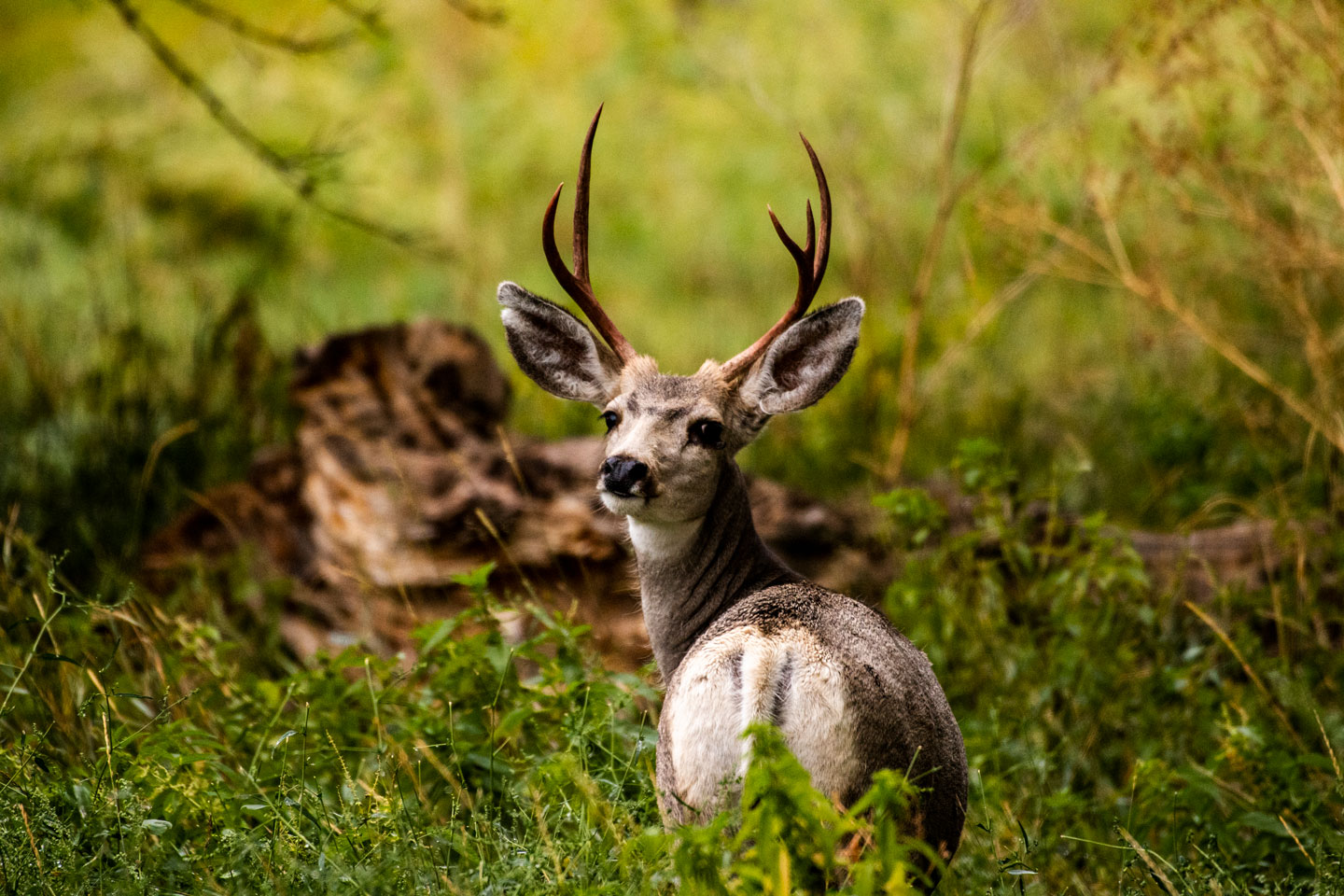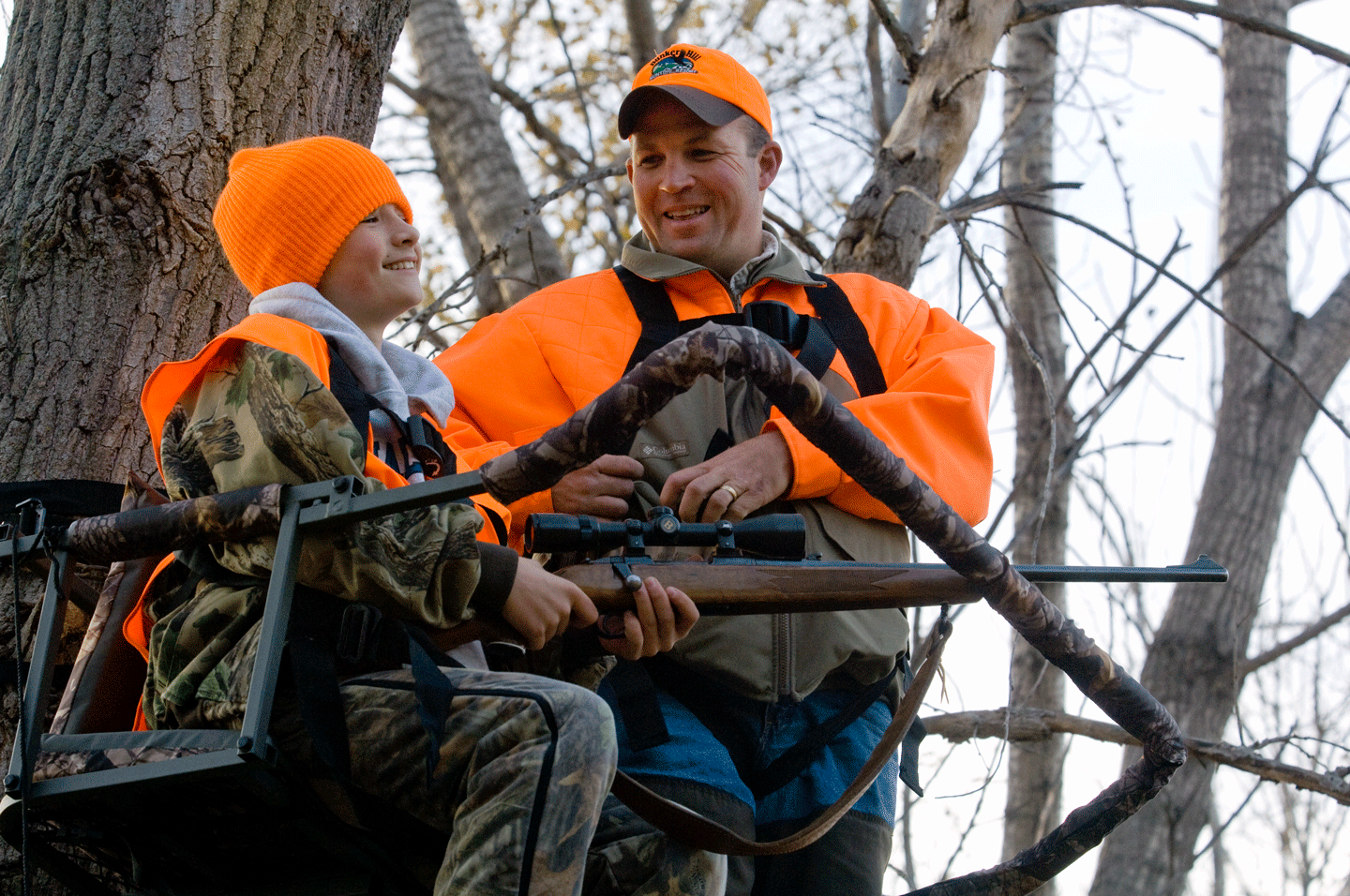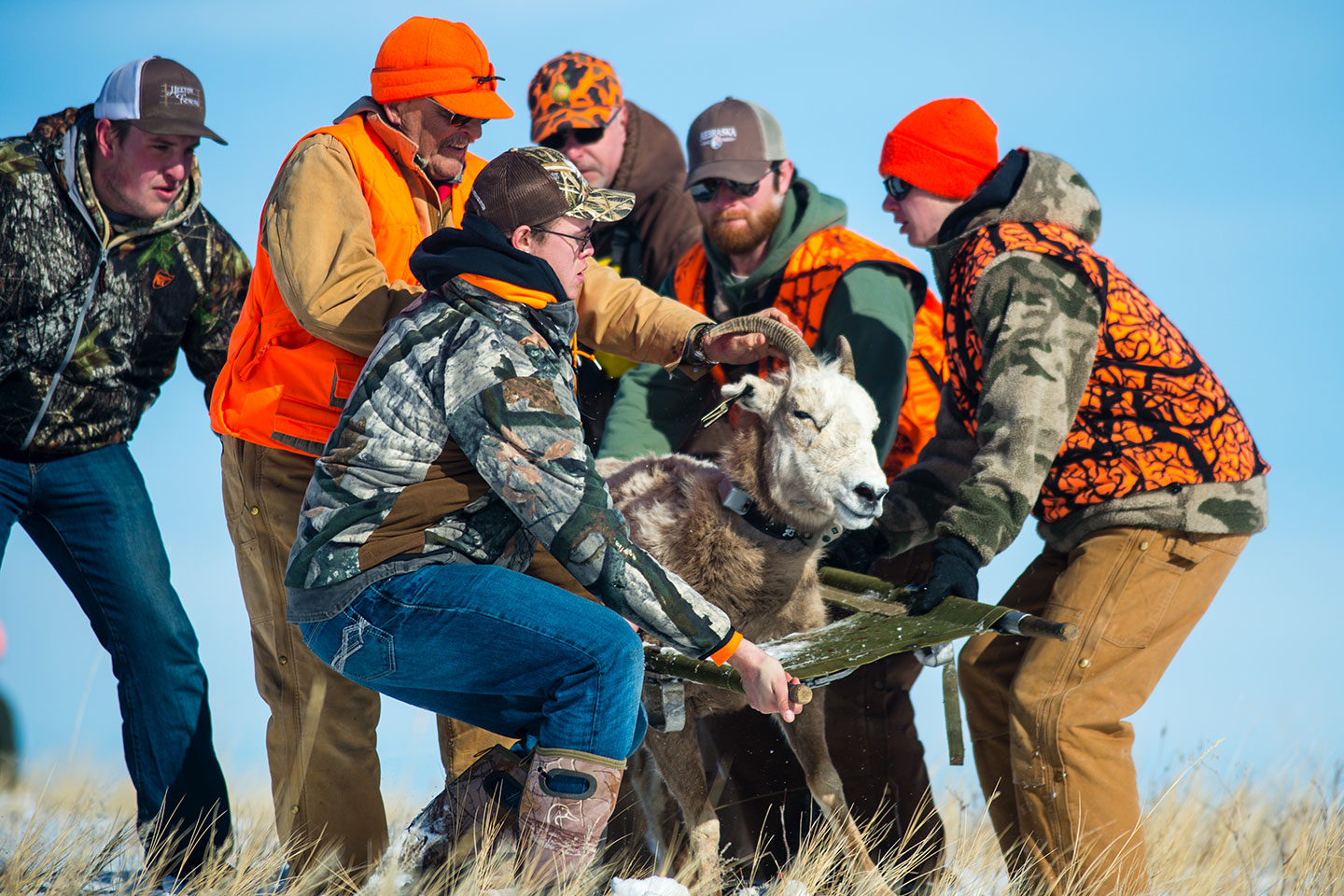Big Game Disease and Research Program
The Big Game Program covers the research, management, recreational use, and conservation of traditional big game animals in Nebraska, including whitetail deer, mule deer, and pronghorn (antelope). Elk and bighorn sheep only recently have become numerous enough in western Nebraska to warrant management considerations. The wandering nature of bear and moose create the possibility of rare occurrence in the state.
The Big Game Program covers the research, management, recreational use and conservation of these species in an attempt to maximize benefits to the people of Nebraska. This includes:
- Population status and distribution, population health, recreational user surveys, and a compilation of species depredation.
- Services related to big game species: recreational opportunities, technical assistance, management planning, educational assistance, professional and academic assistance, media assistance, and conservation of native wildlife.
Recent Articles
By Todd Nordeen
November, 2019
Chronic wasting disease (CWD) is a fatal neurologic disease affecting members of the deer family caused by an infectious protein known as a prion. It was first identified in Colorado in the 1960s, with CWD now emerging in multiple locations across North America and abroad. In the United States and Canada, CWD has been identified in wild cervids in 24 states, 3 Canadian provinces. A growing amount of evidence suggests that CWD represents a significant threat to the health and viability of native cervid populations in North America and elsewhere. Researchers now believe CWD can negatively impact deer and elk populations and suggest more widespread impacts seem likely if effective control strategies cannot be identified.
There is an urgent need to identify practical management strategies for chronic wasting disease (CWD) that can minimize impacts on cervid populations nationwide. Recently, Nebraska joined Wyoming, Colorado, Utah and Alberta in a multi-state research project to explore harvest strategies that may affect the spread of CWD.
This consortium proposed to assemble and synthesize available, long-term data on herd management and CWD trends from cooperating Western jurisdictions to develop guidance on harvest-based control strategies. A postdoctoral researcher/analyst will analyze data to identify harvest practices showing evidence of reducing, limiting, or increasing CWD occurrence. In Nebraska, the Pine Ridge and Plains deer management units and their long history of CWD prevalence and Mule deer harvest are the focal units with this project.
Results of this research are expected in 2020 with the possibility of an extension of the project. This research will also expand the capacity of states/provinces to develop directed management for CWD. Although focused on Western systems, results could benefit Midwestern and Eastern states/provinces directly or as a model for similar regional capacity-building.



